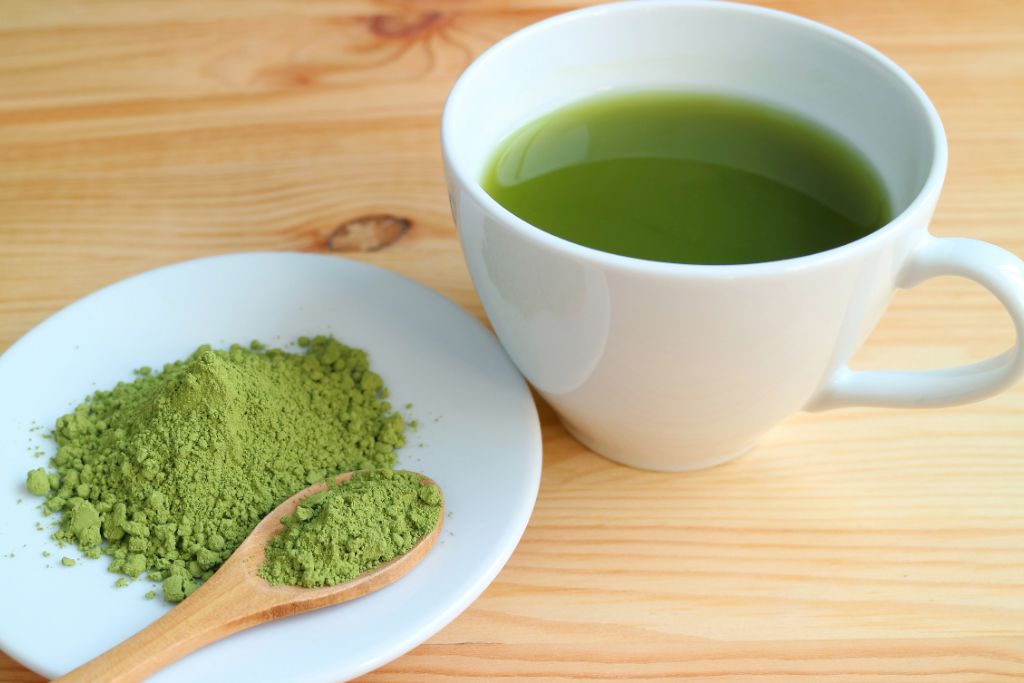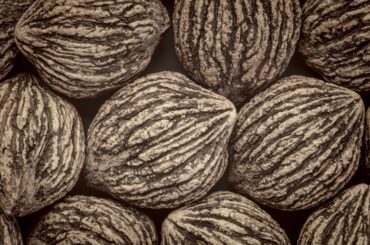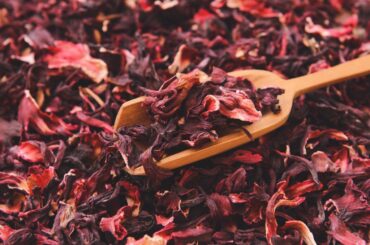Are you curious about the secrets behind crafting the perfect matcha green tea? Did you know that matcha is not just a beverage but a centuries-old Japanese ceremonial tradition? The preparation of matcha involves a unique blend of mindfulness and precision, making it an exceptional experience.
This guide is tailored for those who appreciate the art of tea-making and want to savor the full-bodied richness of matcha. If you like the combination of flavors and health benefits in each brilliant green cup, this article is for you. Whether you’re a tea lover or new to matcha, join us as we learn how to make a delicious matcha green tea.
What is Matcha Green Tea?
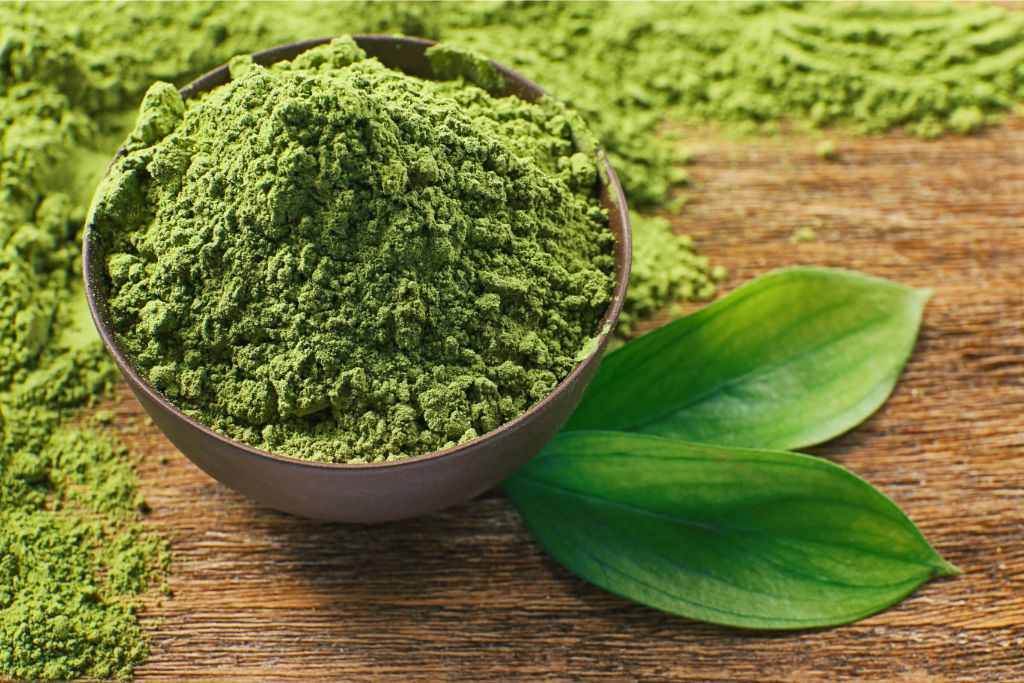
Matcha green tea, deep-rooted in Japan’s culture, is a symbol of refined taste and conscious pleasure. Though it originated in Zen Buddhist monasteries in Kyoto, this brilliant green elixir now graces tea rituals and modern cups.
Kyoto, the heart of Japan, is renowned for being the birthplace of matcha green tea. Amidst the city’s tranquil temples and ancient surroundings, this tea is grown and prepared. Kyoto’s meticulous attention and old ways have made matcha a beloved export worldwide.
A finely powdered beverage created from shade-grown tea leaves, matcha green tea is anything but ordinary. The young leaves, vibrant with chlorophyll, are carefully stone-ground to achieve a smooth, velvety texture. Matcha, unlike other teas, is drunk whole, releasing a symphony of flavors from earthy overtones to a gentle sweetness.
More than a delightful drink, matcha is celebrated for its health benefits. It gives you a mild energy boost without the jitters of other caffeinated beverages because of its antioxidants and minerals.
What Does Matcha Green Tea Taste Like?
Matcha green tea has a lively flavor profile with a satisfying balance of earthiness and sweetness. Its essence is reminiscent of freshly cut grass, evoking a natural and refreshing sensation. The brew carries a smooth, velvety texture that gracefully coats the taste buds, leaving a lingering, slightly nutty undertone.
What is Matcha Green Tea Good for?
Packed with antioxidants, it supports your immune system and promotes overall well-being. Its unique combination of caffeine and L-theanine provides a calm energy boost, enhancing focus and concentration. Matcha is celebrated for its potential to aid weight loss by boosting metabolism and burning calories.
Matcha Green Tea Ingredients
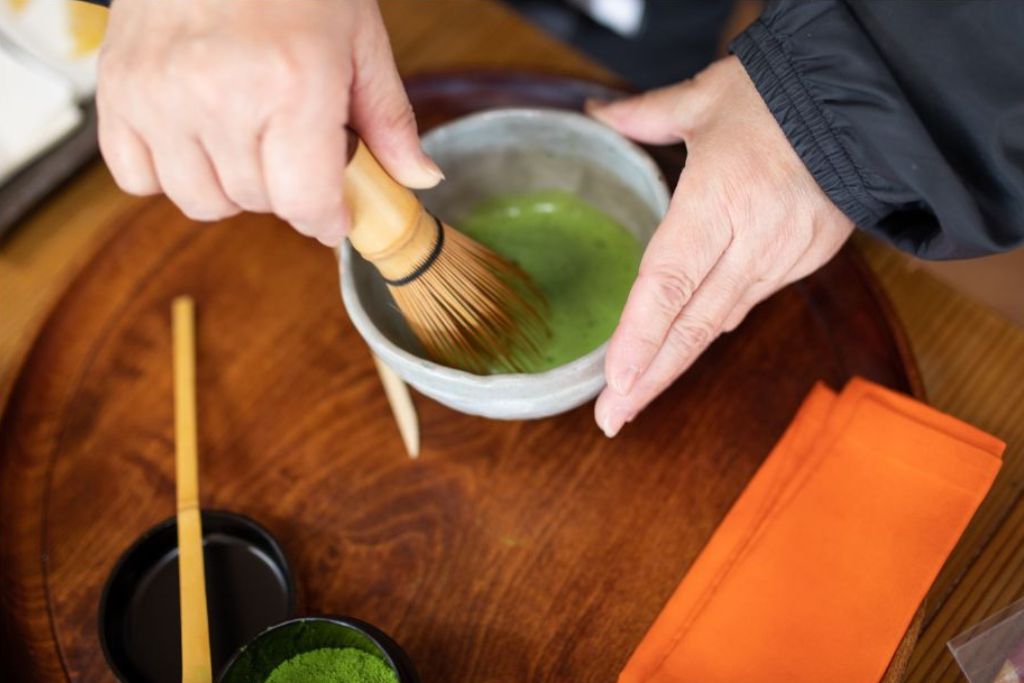
Embark on a journey through the refined world of matcha green tea with a curated guide to its exquisite ingredients. This enchanting elixir captivates with its vibrant flavors and numerous health benefits.
1. Ceremonial Grade Matcha
Enjoy the finest ceremonial-grade matcha, known for its vivid green color and deep umami flavor. This cornerstone ingredient forms the heart of the matcha ritual.
2. Water
Purify your experience with fresh, high-quality water. The purity of water profoundly influences the infusion, ensuring a clean canvas for the matcha’s complex notes to unfold. Opt for still or slightly warm water for an optimal blend.
3. Honey or Sugar (Optional)
Add a touch of sweetness if desired, enhancing the tea’s profile. However, the refined palate may appreciate the matcha’s natural bitterness without additional sweetness.
4. Milk (Optional)
Delight in a creamy texture by incorporating milk, balancing the robust matcha flavors. Personalize your brew by choosing dairy or plant-based options, creating a luxurious, velvety finish.
5. Citrus Zest (Optional)
Elevate your matcha with a burst of citrusy freshness. Grate a hint of zest into your brew for a delightful, aromatic twist that complements the tea’s earthy notes.
6. Vanilla Extract (Optional)
Infuse a subtle hint of sweetness and warmth with a drop of vanilla extract. This addition adds a layer of complexity to your matcha, transforming it into a truly indulgent treat.
How to Make Matcha Green Tea
Make your matcha green tea with this easy-to-follow recipe:
1. Choose Quality Matcha
Start with high-quality matcha powder. Look for a vibrant green color and a fresh, grassy aroma. Quality matters for an exquisite tea experience.
2. Measure the Matcha
Using a bamboo scoop or a teaspoon, measure 1 to 2 teaspoons of matcha powder. Precision ensures a perfectly balanced flavor.
3. Sift the Matcha
Sift the matcha powder into a bowl to break up any clumps. This ensures a smooth, lump-free consistency in your tea.
4. Add Hot Water
Boil fresh water and let it cool slightly to about 175°F (79℃). Pour 1/4 cup of hot water into the bowl with the sifted matcha. This temperature brings out the best flavors without bitterness.
5. Whisk Vigorously
Using a bamboo whisk, briskly whisk the matcha and water in a “W” or “M” shape until frothy. This step is crucial for achieving that velvety texture and full-bodied flavor.
6. Savor the Aroma
Pause to appreciate the rich aroma rising from your freshly prepared matcha. The fragrance is a prelude to the delightful taste awaiting you.
7. Adjust Water Amount
Taste your matcha and adjust the water quantity based on your preference. Add more hot water if you desire a milder flavor.
8. Ideal Brewing Temperature
For optimal results, brew your matcha at a temperature of around 175°F (79℃). This temperature strikes the perfect balance, extracting the nuanced flavors without introducing bitterness.
9. Prepare Matcha with Milk
To enjoy matcha with milk, follow the same steps for preparing matcha. Instead of water, use warm milk for a creamy and comforting matcha latte.
10. Sweeten to Taste
If desired, add sweeteners, like honey or sugar, to enhance the matcha’s sweetness. Adjust according to your taste preferences.
Tips for Making Matcha Green Tea
Indulging in the world of matcha requires finesse and attention to detail. When embarking on your matcha-making journey, consider the following tips to elevate your experience:
Selecting the Best Matcha Green Tea
Opt for high-quality organic matcha green tea powder with a vibrant green color and a smooth texture. This ensures a richer flavor profile and a delightful drinking experience.
The Perfect Brewing Time
Achieving the ideal brewing time is crucial. Allow matcha to steep for 30 seconds to maximize taste without disrupting its delicate balance.
The Importance of Water Quality
Use fresh, filtered water to complement the exquisite taste of matcha. Water quality directly influences the overall flavor, so ensure it’s pure and free from any impurities.
Optimal Water Temperature
Heat the water to around 175°F (79℃) to maintain the tea’s unique characteristics. Avoid boiling water, as it can result in a bitter brew that overshadows matcha’s nuanced taste.
The Art of Sifting
Before whisking, sift your matcha powder to break up clumps and achieve a smoother consistency. This step guarantees a velvety texture, enhancing both the visual and gustatory pleasures.
Whisking Technique
Master the traditional “W” or “M” whisking motion with a bamboo whisk (chasen). This method ensures the matcha is well-mixed, producing a frothy layer that enhances its overall appeal.
Mindful Matcha Measurements
Strike the right balance between matcha powder and water. Typically, a teaspoon of matcha to 2 ounces of water works well, but feel free to adjust based on your taste preferences.
Rinsing the Matcha Green Tea
Prior to your first sip, cleanse your palate by taking a small sip of water after consuming matcha. This step enhances the aftertaste and allows you to appreciate the intricate notes of this revered green tea fully.
Matcha Green Tea Nutritional Facts
Matcha green tea is both delicious and nutritious. Let’s break down the estimated nutritional facts per serving.
- Calories: 2 cal
- Carbohydrates: 0.5 g
- Protein: 0.3 g
- Fat: 0.1 g
- Cholesterol: 0 g
- Sodium: 1 mg
- Potassium: 26 mg
- Vitamin C: 1 mg
- Calcium: 3 mg
Disclaimer: Altering the tea with extra sweeteners or high-fat milk can impact its calorie and sugar levels. However, matcha green tea’s antioxidant content makes it a tasty way to stay healthy.
Matcha Green Tea Benefits

Finely ground matcha green tea powder with a rich history and bright flavor that delights the mouth and senses. Discover the benefits of matcha green tea to enhance your daily well-being.
High in Antioxidants
Embark on a journey of well-being with matcha green tea, celebrated for its abundance of antioxidants. These potent substances protect your body from oxidative stress and promote wellness.
Helps You Lose Weight
Shedding those extra pounds becomes a delightful endeavor with matcha as your ally. This vibrant green elixir has been known to boost metabolism, making weight loss a more achievable and enjoyable goal.
Promotes Heart Health
Nurture your heart with the love it deserves. A cup of matcha green tea may boost cardiovascular health and touch your soul.
Prevents Cancer
Stand firm in the face of adversity as matcha whispers tales of potential cancer prevention. Sip by sip, you empower your body in its natural defense against the shadows that threaten your well-being.
Boosts Brain Function
Empower your mind with matcha’s brain-boosting magic. Elevate your cognitive function and focus, turning each cup into a key to unlock the full potential of your mental prowess.
Protects the Liver
Extend a shield of protection to your liver as matcha stands guard. This centuries-old elixir may help this crucial organ survive life’s difficulties.
Lowers Cholesterol and Blood Sugar
Watch as matcha gracefully takes the stage in the battle against cholesterol and blood sugar. Through each sip, you embark on a journey to balance, promoting a healthier internal harmony.
Detoxifies Naturally
Let matcha be your guide in the natural art of detoxification. With each drink, you invite a cleansing ritual your body deserves, removing toxins and restoring vigor.
FAQs
Does Matcha Green Tea Have Caffeine?
Matcha green tea contains caffeine but in lower amounts compared to coffee. A typical serving (1 teaspoon of matcha powder) has approximately 30 to 40 mg of caffeine.
Is Matcha Green Tea Good for You?
Yes, matcha green tea is rich in antioxidants, mainly catechins like EGCG. It may help boost metabolism, improve concentration, and contribute to overall well-being.
What is the Best Time to Drink Matcha Tea?
The best time to drink matcha is in the morning or early afternoon. Its moderate caffeine content can provide a gentle energy boost without interfering with sleep.
How Much Matcha is Safe Per Day?
Moderation is key. Consuming 1 to 2 servings (1 to 2 teaspoons of matcha powder) per day is generally considered safe for most people. However, individual tolerance to caffeine may vary.
What is the Best Way to Drink Matcha?
Traditionally, matcha is prepared by whisking the powder with hot water until frothy. It can also be incorporated into lattes or used in recipes for a unique flavor. Experiment to find your preferred method.

